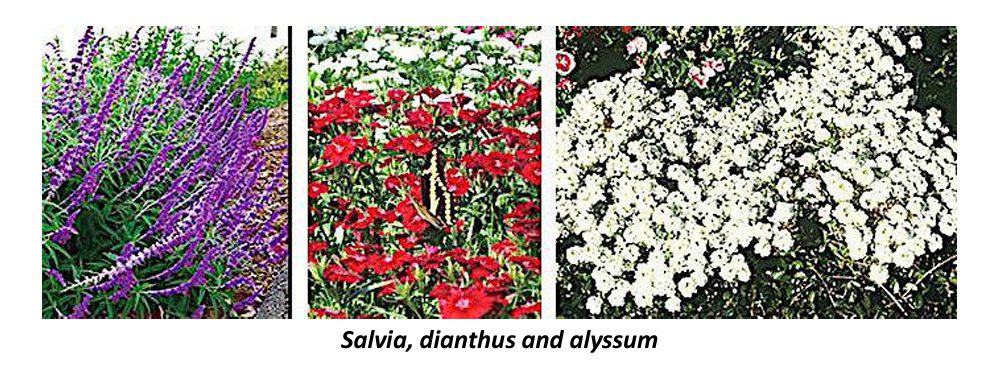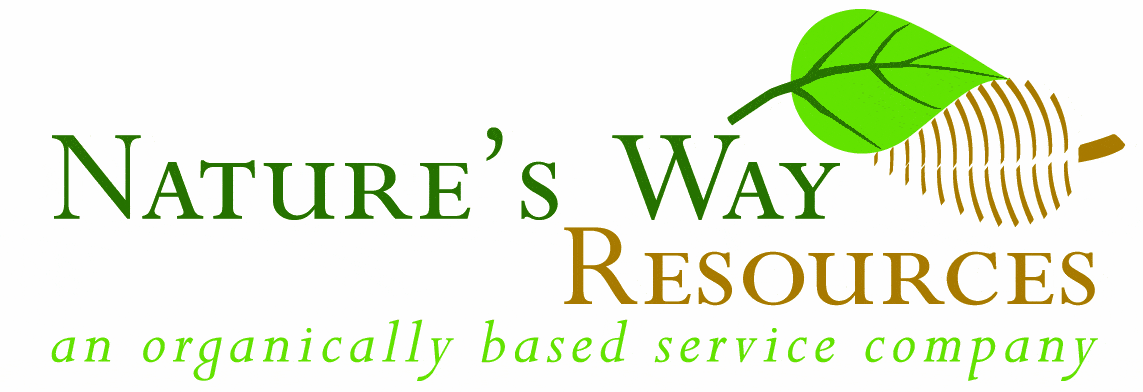TO THE NEXT LEVEL
By SUZZANN CHAPMAN Mercer Botanic Gardens Volunteer Coordinator

Work with what you have. Expand on it! • Home gardens serve as green corridors through neighborhoods, a great way to increase habitats, major migratory flyways of birds and monarch butterflies.
• Natural areas are dwindling due to development. Home gardens are one way to help support wildlife still all around us.
• Local parks increase greenspace along watershed areas to diminish the flooding potential of our creeks and bayous. These linear habitats in Harris County Precinct 4 are being planted with edible fruit trees and flowering and host plants for us and creatures to enjoy.
A big recommendation for all gardeners who enjoy nature and its variety of wildlife, is to stop using any chemicals in your garden: • No pesticides, no herbicides, no fungicides.
• Recent news connects fungicide usage as detrimental to bees of all kinds, insects we rely on to pollinate so many food crops.
• Most fungi are beneficial. Trees and smaller plants rely on mycorrhizae and the expanding symbiotic network between the plant roots and fungal hyphae for nutrients they all share.
• Use organic fertilizers and compost to improve soils and health of plants.
• Prune only when you must. Flowers with striking seed heads such as the coneflowers (Echinacea species) provide nectar and pollen, but also seed for migrating finches in autumn.
• Allow plants to reseed throughout your garden. Many plants will find their favorite spot to thrive, albeit maybe in cracks in paved areas.
• Plant in masses for visual impact and allow plants to tumble over the edges to soften hardscape. Less open area means fewer weeds.
• Hummingbirds and dragonflies like to sit on dead twigs as they survey the tree canopy.
• Native bees nest in hollow stems.
• Large predatory birds like to nest inside big dead trees.

• Plant for year-round interest.
• In winter don’t prune grasses, they are a perfect spot for birds to find shelter and hiding insects.
• Include evergreen interest like yaupon/hollies (Ilex species) for berries.
• Include annual flowers like native verbena and salvias, or dianthus and alyssum to fill in during the colder months for birds and insects that are still out foraging.
• Include early flowering trees like native redbud (Cercis species).
• Always provide a water source, and food for birds during extreme spells of weather.
Check out these great local online resources:
o https://npsot.org/wp/houston/native-plant-info/
ohttps://www.naba.org/chapters/nababest/
o http://www.birdfriendlyhouston.org/get-started/the-basics/

